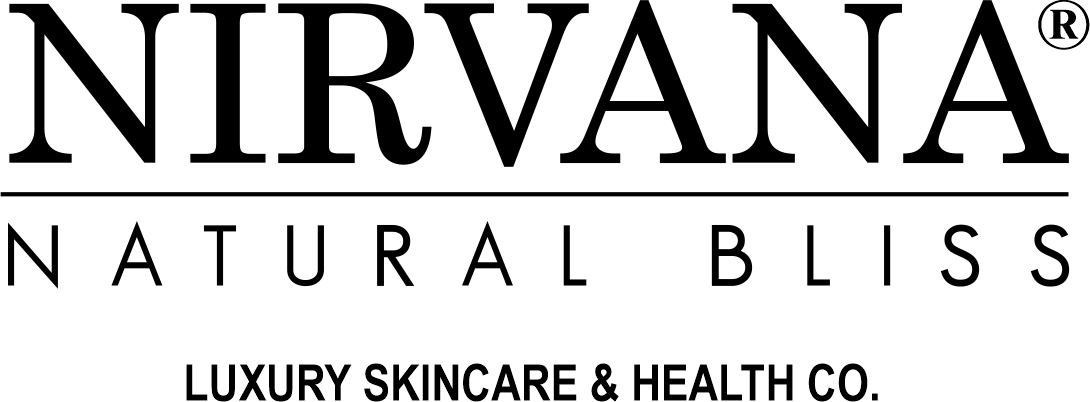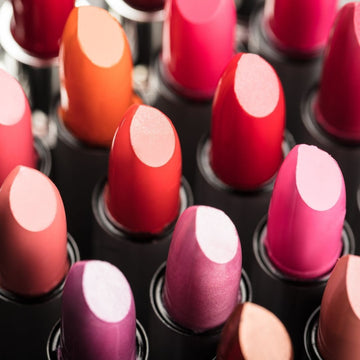By Dr. Nirvana Pillay, Medical Scientist and Founder of Nirvana Natural Bliss
For centuries, women have been using a vast array of lip colour to make their lips appear as plump and luscious.
In ancient times, lip colour and cosmetics in general were made from natural materials such as red berries, pulverised gemstones or dye extracts from plants and flowers. It was only in the 19th century that lipstick became available commercially for the modern women.
I love lip colour whether it be lipsticks or lip glosses. I have been using lipsticks since I was in varsity and never once had I thought to look at the ingredients listing of the lipstick.
Lip colour made me feel like a million bucks or gave me an instant "pop to life" to an otherwise dull day.
I had set out to introduce a vegan lip gloss/ lipsticks and a vegan mascara and had begun the R&D process.
So whilst doing my research, I was absolutely horrified to find out that multi-million dollar companies of big 'reputable" brands have and still do use an ingredient listed as "carmine", CI 75470,” “cochineal extract,” “crimson lake,” or “natural red 4”. The horror will be explained soon...so what is in your lipstick?
What is in your lipstick?
Recently, researchers at the Berkeley's school of Public Health at the University of California discovered that lip glosses and lipsticks in today's world may contain potentially harmful levels of chromium, lead, cadium and aluminium in the human body.
The existence of metals in lipstick and other cosmetics have been previously shown, however, this is the first study that actually analyzed and quantified the concentration of metallic substances.
The conclusion found that continuous exposure to these levels could pose as a long-term health problem, especially for people who apply lipstick more than two or three times in a 24-hour period. This was true when the results were compared to how much of these toxic metals were being absorbed by typical users each day. The study underlines that regular use of some lipsticks and lip glosses may expose a person to excessive quantities of chromium, a known carcinogen linked to the growth of abdominal cancers.
Lead, a known neurotoxic that is present in many name-brand lipsticks, builds up in the body because the body lacks the chemical reactions required to break down and absorb lead in any quantity. High levels of lead have been linked to cognitive problems, infertility, and miscarriages. Lead and other hazardous metals can readily pass through the placenta and end up in the baby's brain, thus pregnant women who use lipstick with these ingredients may be endangering their unborn child.
Carmines can be found in insects known as cochineal Coccus cacti L. These insects are found on the pads of cacti in South America. The crimson-red colour that you find in your lipsticks, lip glosses and make-up are obtained from the insects by a process called hydroalcoholic extraction.

The substance itself is not a hazard to the general population, but there are concerns that carminic acid may cause allergic reactions and even anaphylactic shock in a subset of the population (Vilan and Pena, 2016).
So next time you buy a lip stick, lip gloss or make up make sure you read the ingredient list as I am sure you too would not like to be wearing colour derived from dead insects on your face and ingredients containing metals.
The usage of insects on your face is obviously objectionable, but there are two other aspects of this that I found objectionable: the extraction procedure involves alcohol and the use of metals in the formulations.
Our vegan lip glosses are formulated with natural oils, vitamin E, and hyaluronic acid, which provides an immediate plumping dose and gives your lips a lush appearance. They are entirely vegan and don't contain any by-products from animals like carmine and cochineal extract.






